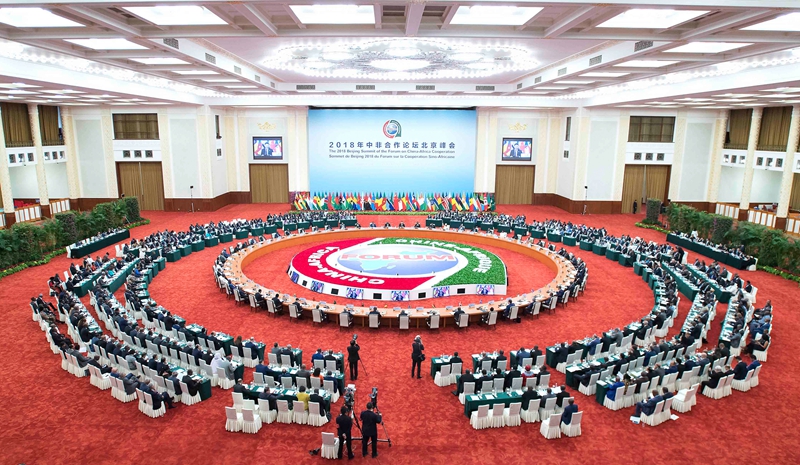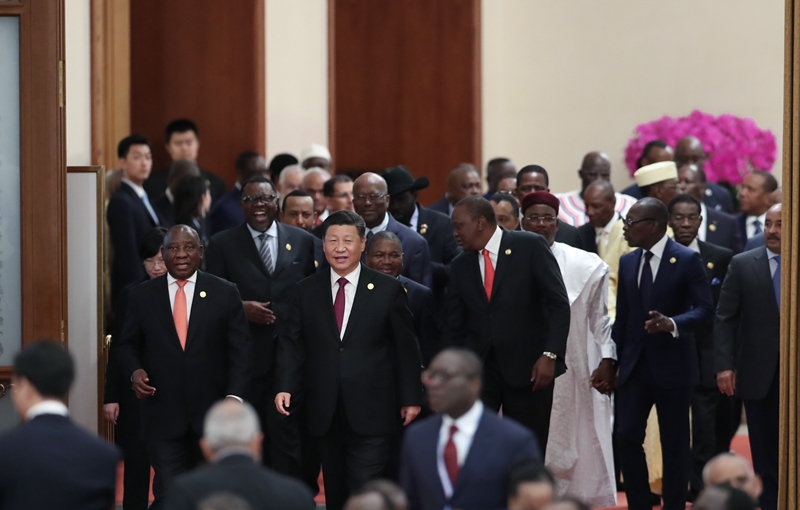[Language Forum]
editorial comment/note
Language is an important symbol that distinguishes human beings from animals. Although language is ubiquitous in daily life, we are used to it, but I am afraid ordinary people know very little about when language was born, how it should be acquired and how it will develop. From the perspective of cognitive neuroscience, this issue of Language and Characters takes you to re-understand language and understand its mystery.
The history of the universe is 13.8 billion years, the history of the earth is 4.6 billion years and the history of life is 4 billion years. In the long process of life evolution, there are five levels of mind and cognition from low to high: neural level, psychological level, language level, thinking level and cultural level.
Based on this, we can re-understand language. Among the five levels of mental and cognitive abilities, the invention of language is very important to human beings. The invention of abstract ideographic language made people eventually evolve into human beings; Language distinguishes the minds of humans and animals, thus distinguishing the cognition of humans and animals; Language forms the basis of human cognition, and forms human thinking on the basis of abstract conceptual language. Language and thinking jointly build human knowledge system and even the whole human society, and the accumulation of knowledge forms culture.
From nerve, psychology to language, it is mainly the result of natural evolution; From language, thinking to culture, it is entirely human construction and human spiritual creation.
Evolution from nerve, psychology to language.
Evolution of mind
The evolution of 3.5 billion years of life can be regarded as the evolution of mind. From the perspective of contemporary genetic science, the evolution of mind from low level to high level determines the evolution of life from low level to high level. In other words, the evolution of the mind is fundamental.
The oral language of human beings came into being 6 million to 4 million years ago, and it took about 2 million years for human beings to complete the evolution of abstract ideographic language. Three great events in human evolution — — Walking upright, using fire and inventing language are mainly the result of natural evolution, but also the creation and invention of human beings.
Genetic archaeology proves that the common ancestor of human beings is Australopithecus africanus. So, what made Australopithecus, a relatively weak ape, finally win? The answer is language. Australopithecus invented an abstract ideographic language, which can express abstract concepts. Anthropologists and linguists have proved that the more abstract a language is, the more it can coordinate a wider range of group behaviors. Therefore, the relatively weak Australopithecus, through a wider range of group behavior, wiped out other physically stronger apes and carnivores, went out of Africa and spread their genes to the world.
Dual evolution of brain and language
In the 20th century, the research on human cognition was carried out in an all-round way from the aspects of nerves, psychology, language, thinking and culture. Among them, the study of brain and neuroscience has provided important help to uncover the mystery of human language.
Sperry, an American psychobiologist, conducted experiments on schizencephaly for many years after 1960s, and finally figured out the specialization and division of labor between the left and right brains: the left brain is responsible for memory, time, language, judgment, arrangement, classification, logic, analysis, writing, reasoning, inhibition, five senses and so on, and the way of thinking has the characteristics of continuity, continuity and analysis. Therefore, the left brain is called conscious brain, academic brain, language brain and logical brain. The right brain is mainly responsible for spatial image memory, intuition, emotion, body coordination, visual perception, art, music rhythm, imagination, inspiration, epiphany, etc., and its thinking mode has the characteristics of disorder, jumping and intuition. So the right brain is also called instinctive brain, subconscious brain, creative brain, musical brain and artistic brain.
Why is the left and right brain so divided? A team study by American scholars McNilage, Rogers and Vallotti Gallas found that the division of labor between left and right brains originated 500 million years ago, much earlier than human history, and the brains of early vertebrates were already asymmetrical. The study also found that the complex division of labor between the left and right brain of human beings originated from two primary functions that vertebrate paleontology needed for survival — — Predation (attack) and prevention of predation (defense), with the evolution of vertebrates to a higher level, the left and right brains develop more complex functions, and according to the principle that the same functions evolve on the same side, various functions of the human left and right brains are developed with complex and fine division of labor.
Why does language function evolve in the left brain? It is found that the action of pronunciation is similar to chewing, and chewing is related to predation. Therefore, speech and language functions have evolved in the left brain. Since the 20th century, more relevant research evidence shows that the function of language is not entirely in the left brain, but also in the right brain. Specifically, syntactic processing is entirely in the left brain, because syntax is logic. Pragmatic processing is more in the right brain, because pragmatic processing is related to context, while the defense function of the right brain is related to the environment. Surprisingly, the ability of semantic processing exists in both the left and right brain, and logic and brain function are highly consistent here.
Animal cognition and human cognition
With the evolution of the mind, language is also the product of evolution. What level of mind an animal has, it will evolve a corresponding level of language. In the book Symbolic Species: Dual Evolution of Language and Brain, American anthropologist Dickon combined human evolutionary biology with neuroscience, semiotics with anthropology, regarded human as a symbolic animal, regarded language as a process of coevolution with brain, and highlighted the role of evolution in the development of language and mind.
Language comes from the needs of information processing and group communication. Therefore, not only human beings have languages, but also animals have languages. Human language is an ideographic symbolic language, which can express abstract concepts, which is fundamentally different from other animal languages.
Language also has an evolutionary history from low level to high level, and the evolution and development of language has gone through three stages in turn: body language, voice language and ideographic symbol language.
In the history of human evolution, the invention of symbolic language to express abstract concepts is a major event. In ancient China, it is said that Cang Xie, the historian of the Yellow Emperor, wrote a book, but "it rains and millet, and ghosts cry at night". Why is it so earth-shattering Because the invention of language finally completed human evolution, from then on, human evolution is no longer or mainly not the evolution of gene level, but the evolution of language, knowledge and culture level.
Construction from Language, Thinking to Culture
After the emergence of abstract ideographic language, human thinking with concept, judgment and reasoning as the main forms has emerged. On the basis of language and thinking, mankind has constructed a grand knowledge system and formed a discipline system including Neo-Confucianism, engineering technology, arts and humanities, and social sciences. In the end, knowledge accumulates into culture, forming a human mind and cognitive system at three levels: language, thinking and culture.
From language to thinking and culture, it embodies the construction and creation of human beings, in which language plays a decisive role.
Chomsky:
The linguistic revolution is no accident.
In 1957, the publication of Chomsky’s masterpiece Syntactic Structure marked the beginning of Chomsky’s linguistic revolution and the start of cognitive science.
The content and significance of Chomsky’s linguistic revolution lie in: establishing linguistic analysis methods of rationalism linguistics and psychology; Discovering human innate language ability (ILF); Discover internal language and establish universal grammar; Establish formal language and formal grammar, and establish the language analysis foundation of artificial intelligence — — Syntactic analysis. Finally, Chomsky’s rationalism linguistics and psychological linguistics forced him to find the connection between language and mind, which eventually led to the establishment of cognitive science in 1975, so Chomsky was called "the father of cognitive science".
It is no accident that cognitive science originated from the linguistic revolution. According to the five-level theory of human cognition, human language distinguishes human mind from animal mind, and human language forms the basis of human mind and cognition. Therefore, it is inevitable that the revolution of cognitive science takes place in the field of linguistics.
Wolff:
The dust of linguistic determinism settled.
Does language decide thinking, or does thinking decide language? Before the middle of the 20th century, this was a major theoretical issue. The first person who answered this question clearly was the philosopher Wittgenstein, who clearly stated in On Logical Philosophy that "my language limit is my world limit." This is the earliest "linguistic determinism".
In 1956, American linguist Wolff once again put forward the theory that language determines thinking, which is the famous Wolff hypothesis, that is, the view that language forms thinking. It consists of two parts: (1) Linguistic determinism refers to the view that language determines non-linguistic processes, that is, learning a language will change a person’s way of thinking. (2) Linguistic relativity means that the cognitive process determined varies from language to language, so people who speak different languages think in different ways. After this theory was put forward, there has been a major debate. Both sides have sufficient evidence to prove their views: language determines thinking or thinking determines language.
After the establishment of cognitive science, the debate about Wolff hypothesis finally settled: language determines thinking, and thinking affects language.
We can give a deductive proof of the proposition that "language determines thinking" — — According to the five-level theory of human cognition, low-level mind and cognition determine high-level mind and cognition, and high-level mind and cognition affect low-level mind and cognition; Language is the third level of mind and cognition, and thinking is the fourth level of mind and cognition; Therefore, language (cognition) determines thinking (cognition), and thinking (cognition) affects language (cognition).
Searle:
Language constructs human society.
Another great discovery of language research in the 20th century is that people use language (and words) to do things. People not only use language to do everything, but also use language to construct human society. These two important theoretical contributions were founded by Oxford analytical philosopher Austin and American philosopher Searle.
In the early 1950s, Austin successively hosted a series of lectures at Oxford University and Harvard University, and compiled the contents of the lectures into a book "How to Act by Words and Actions", and the speech act theory was born. This theory can be summarized in one sentence: Doing things by speaking is Austin’s contribution to "shaming people who have studied language in any way for 2500 years".
Searle inherited the speech act theory being created from his teacher Austin, and developed and perfected it. Searle established the theory of indirect speech act, and developed the philosophy of mind, social philosophy and social constructivism through the theory of intentionality — — People use language to construct society, social system facts and social reality. This is by far the most profound understanding of the human mind and the nature of language. In 2004, Searle’s comments when he won the National Presidential Medal for Humanities wrote: "Thanks to his efforts, we have a deeper understanding of the human mind. His works have formed a blueprint for modern thinking, defensive reasoning and objectiveness, and stipulated the debate about the nature of artificial intelligence. "
Culture and civilization
Looking at culture and civilization from the five levels of cognitive science, we will get different conclusions.
First, culture is a form of human cognition and the highest form of human cognition. The five-level theory of human cognition reveals the relationship between language, thinking and culture, which are three unique mental and cognitive abilities of human beings, and makes us more clearly understand the essence of culture.
Second, language and thinking form culture, and any culture can not be separated from its own language and is determined by its own language. Different languages determine different thinking above them, and the knowledge formed by language and thinking and the accumulated culture are also different. Therefore, the diversity of language forms the diversity of culture.
Third, Chinese culture is the product of Chinese language and Chinese national thinking accumulated for thousands of years. The essence of Chinese culture is farming culture, and its core is the thoughts of Confucianism and Taoism. Since the Han Dynasty, Confucianism and culture have become the core of Chinese culture.
Fourth, the foundation of Chinese studies is primary school. In addition to Classic, History, Zi and Collection, Chinese studies are based on language and linguistics, including linguistics, philology, phonology, exegetics and edition bibliography, which are collectively referred to as primary schools. Mr. Zhang Taiyan said: "Those who build primary schools are the foundation of national heritage and the end of Wang Jiao’s teaching. They promote the school first, and the next one is suitable for the people, so it is not just to draw strokes and seal characters. If you lose your original, you will be very clever. "
Fifth, both culture and civilization are produced on the basis of language and are determined by language. Culture is "humanization" and everything created by people. Therefore, the history of culture is as long as the history of mankind. Civilization is a recent thing, which is related to the development of the city-state. Culture emphasizes the spiritual aspect of human creation, while civilization emphasizes and expresses the material aspect of human creation.
(Author: Cai Shushan, Dean of guizhou minzu university Institute of Ethnic Culture and Cognitive Science, Professor of Tsinghua University Research Center for Psychology and Cognitive Science)





























